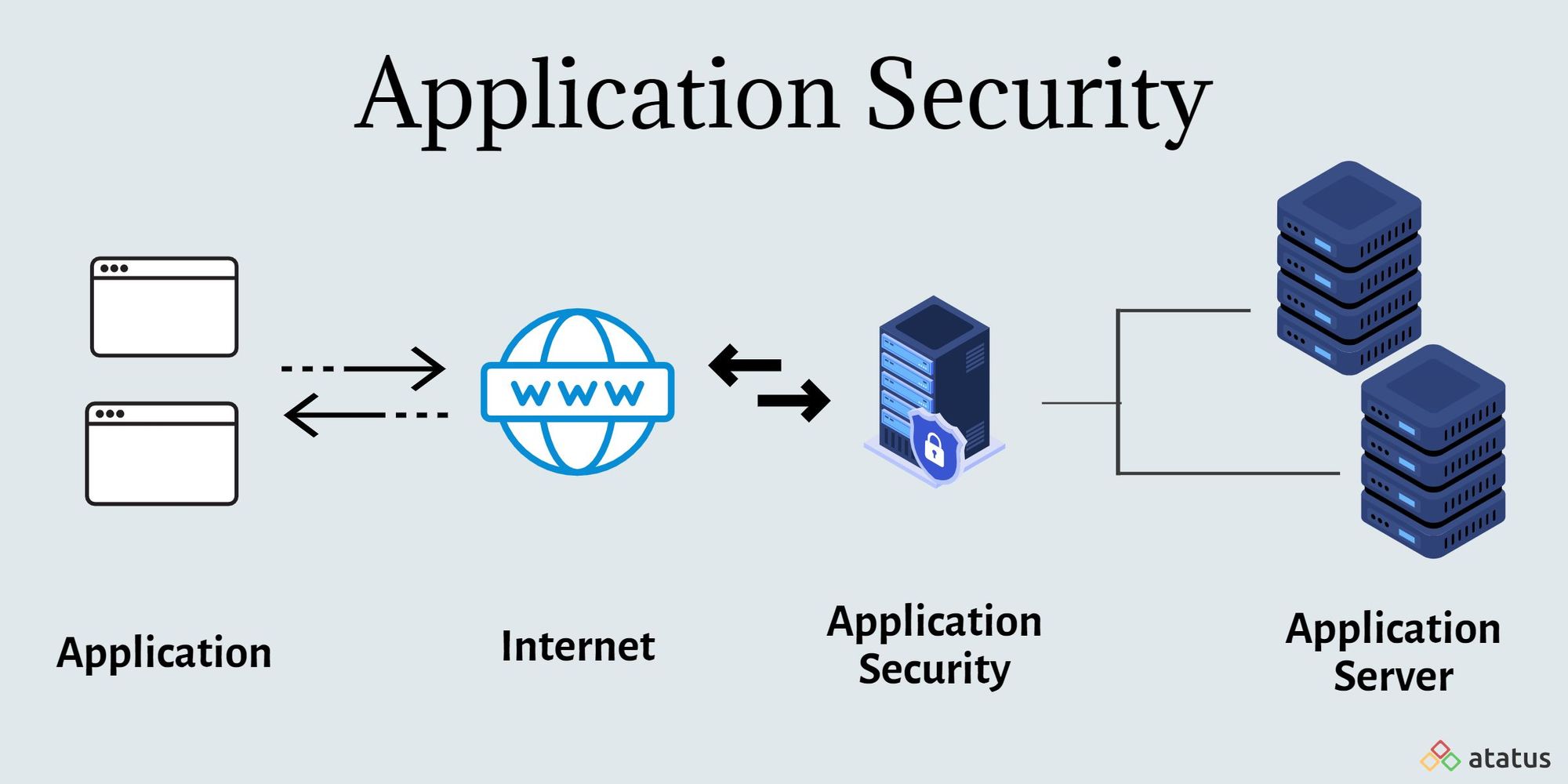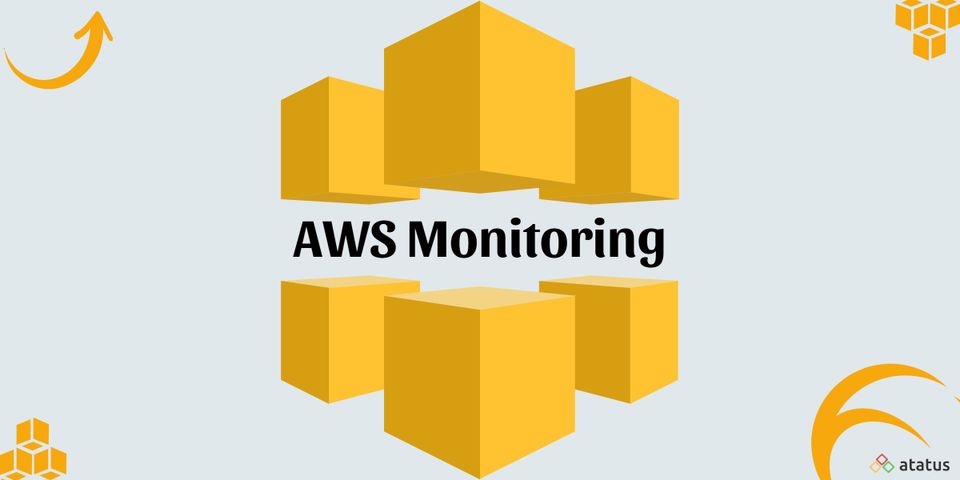Application security refers to security precautions used at the application level to prevent the theft or hijacking of data or code within the application. It includes security concerns made during application development and design, as well as methods and procedures for protecting applications once they've been deployed.
We will go over the following:
- What is Application Security?
- Why Application Security is Important?
- Types of Application Security
- Tools for Application Security
- Application Security Approaches
- What are Application Security Risks?
- Application Security and APM
What is Application Security?
All tasks that introduce a secure software development life cycle to development teams are included in application security shortly known as AppSec. Its ultimate purpose is to improve security practices and, as a result, detect, repair, and, ideally, avoid security flaws in applications. It covers the entire application life cycle, including requirements analysis, design, implementation, testing, and maintenance.

Hardware, software, and procedures that identify and mitigate security vulnerabilities may be included in application security. Hardware application security refers to a router that stops anyone from viewing a computer's IP address over the Internet. However, application-level security controls, such as an application firewall that rigorously limits what actions are allowed and banned, are often integrated into the software. An application security routine that includes protocols such as regular testing is an example of a procedure.
Why Application Security is Important?
Today's applications are frequently available over multiple networks and connected to the cloud, they are more vulnerable to security attacks and breaches. There is increasing pressure and incentive to assure security not only at the network level but also within individual applications. One explanation for this is because hackers are focusing their attacks on applications more now than in the past. Application security testing can expose application-level flaws, assisting in the prevention of these attacks.
The faster and earlier you can detect and resolve security concerns in the software development process, the safer your company will be. Because everyone makes mistakes, the trick is to identify them as soon as possible.
Application security tools that integrate with your development environment can make this process and workflow much easier and more efficient. These tools are especially beneficial for compliance audits, as they can save time and resources by detecting issues before the auditors notice them. The changing nature of how enterprise applications are built over the last many years has aided the rapid expansion of the application security industry.
Types of Application Security
Authentication, authorization, encryption, logging, and application security testing are all examples of application security features. Developers can also use code to reduce security flaws in applications.
Authentication
When developers include protocols in an application to ensure that only authorized users have access to it. Authentication procedures verify that the user is who they claim to be. When logging into an application, this can be performed by requiring the user to supply a user name and password. Multi-factor authentication necessitates the use of multiple forms of authentication, such as something you know (a password), something you have (a mobile device), and something you are (a biometric).
Authorization
A user may be authorized to access and use the application after being authenticated. By comparing the user's identification to a list of authorized users, the system may verify that the user has permission to access the application. In order for the application to match only validated user credentials to the approved user list, authentication must take place before authorization.
Encryption
Other security measures can safeguard sensitive data from being seen or utilized by a cybercriminal after a user has been verified and is using the application. Traffic containing sensitive data that flows between the end-user and the cloud in cloud-based applications can be encrypted to keep the data safe.
Logging
If a security breach occurs in an application, logging can assist in determining who gained access to the data and how they did so. Application log files keep track of which parts of the application have been accessed and by whom.
Application Security Testing
A method that ensures that all of these security controls are functioning effectively.
Tools for Application Security
A complete application security approach aids in the detection, remediation, and resolution of a variety of application vulnerabilities and security challenges. Solutions for linking the impact of application security-related events to business outcomes are included in the most effective and advanced application security plans.
Finding the right application security technologies for your company is crucial to the effectiveness of any security measures your DevOps or security team implements.
Application security can be divided into numerous categories:
- Static Application Security Testing (SAST)
SAST aids in the detection of code flaws by examining the application source files for the root cause. The ability to compare static analysis scan results with real-time solutions speeds up the detection of security problems, decreasing MTTR and enabling collaborative troubleshooting. - Dynamic Application Security Testing (DAST)
DAST is a more proactive approach, simulating security breaches on a live web application to deliver precise information about exploitable flaws. DAST is especially useful for detecting runtime or environment-related errors because it evaluates applications in production. - Interactive Application Security Testing (IAST)
IAST combines parts of SAST and DAST by performing analysis in real-time or at any moment during the development or production process from within the application. IAST has access to all of the application's code and components, allowing it to produce more accurate results and provide more in-depth access than previous versions. - Run-time Application Security Protection (RASP)
RASP also works within the application, but it is more concerned with security than with testing. RASP provides continuous security checks and automatic responses to possible breaches, which includes terminating the session and informing IT teams.
Application Security Approaches
Different approaches will uncover different subsets of the application's security flaws, and they'll be most effective at different stages of the development lifecycle. They all reflect the various time, effort, cost, and vulnerability trade-offs.
- Design Review
The architecture and design of the application can be examined for security flaws before code is created. The construction of a threat model is a popular strategy used at this phase. - White-box Security Review or Code Review
A security engineer delves into the application by manually inspecting the source code and looking for security issues. Vulnerabilities unique to the application can be discovered through understanding the application. - Black-box Security Audit
This is accomplished solely through the use of an application to test it for security flaws; no source code is necessary. - Automated Tooling
Many security tools can be automated by including them in the development or testing process. Automated DAST/SAST tools that are incorporated into code editors or CI/CD systems are examples. - Coordinated Vulnerability Platform
Many websites and software providers offer hacker-powered application security solutions through which individuals can be recognized and compensated for reporting defects.
What are Application Security Risks?
Security issues with web applications range from large-scale network disruption to focused database tampering. The following are some application security threats:
- A vulnerability known as cross-site scripting (XSS) allows an attacker to insert client-side code into a webpage. This gives the attacker direct access to the user's sensitive information.
- Remote attackers can use denial-of-service (DoS) and distributed denial-of-service (DDoS) attacks to flood a targeted server or the infrastructure that supports it with various types of traffic. This illegitimate traffic eventually prevents legitimate users from accessing the server, causing it to shut down.
- SQL injection (SQLi) is a technique used by hackers to exploit database flaws. These attacks, in particular, can reveal user identities and passwords, as well as enabling attackers to edit or destroy data, as well as modify or create user rights.
- Hackers employ cross-site request forgery (CSRF) to mimic authorized users after duping them into submitting an authorization request. Since their accounts have additional permissions, high-level users are obviously frequent targets of this strategy, and once the account is compromised, the attacker can remove, change, or destroy data.
- Memory corruption occurs when bad actors execute a variety of attacks on an application, they end up unintentionally changing some area of its memory. As a result, the software exhibits unexpected behaviour or fails.
- The buffer overflow occurs when malicious code is injected into the system's designated memory region. Overflowing the buffer zone's capacity causes surrounding areas of the application's memory to be overwritten with data, posing a security risk.
Application Security and APM
There is a symbiotic relationship between application performance management and application security. Improved visibility into highly distributed or complex environments, such as microservices architecture and cloud applications, is possible with an effective APM strategy.
By providing a full picture of an application's infrastructure and components, measuring ideal performance with dynamic baselining, and alerting when discrepancies or abnormalities are identified, the APM data can assist improve software security. When combined with application security solutions, APM can provide redundancy and additional support for your safety program by increasing the depth of information about the inner workings of your application and system.
Monitor Your Entire Application with Atatus
Atatus provides a set of performance measurement tools to monitor and improve the performance of your frontend, backends, logs and infrastructure applications in real-time. Our platform can capture millions of performance data points from your applications, allowing you to quickly resolve issues and ensure digital customer experiences.

Atatus can be beneficial to your business, which provides a comprehensive view of your application, including how it works, where performance bottlenecks exist, which users are most impacted, and which errors break your code for your frontend, backend, and infrastructure.





